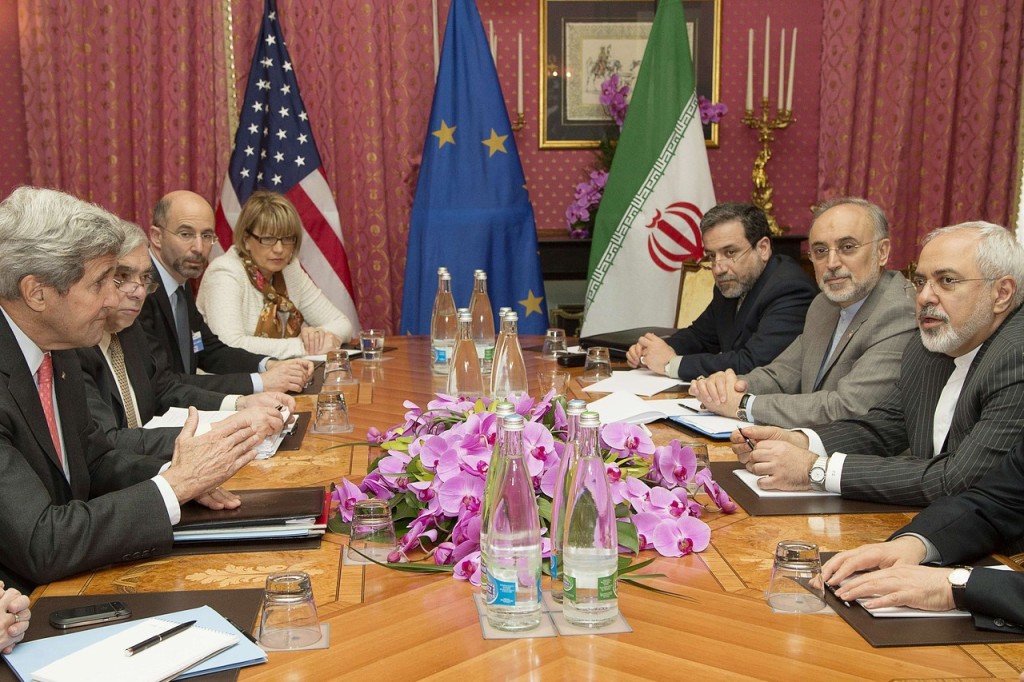9:57: Obviously, it’s hard to ‘keep score’ of ‘winners’ and ‘losers’ in a seven-way debate. Bennett seemed largely invisible and, aside from the dust-up over immigration, so was Farage, who tried to turn every other question into an opportunity to discuss the European Union and immigration.
Wood and Sturgeon had strong nights, and their attacks on Cameron often made the Labour case better than Miliband’s arguments. Sturgeon, in particular, will have benefited from airing Scottish grievances directly to a British prime minister for the first time in a leader’s debate.
Clegg tried, sometimes successfully, to position himself as a sensible moderate. He also successfully signaled that he could work with a Labour government as well as a Tory one.
Miliband was most successful, I thought, in his criticisms of Cameron’s EU policy and his plans for the NHS. But he didn’t have any clear moments where anyone could say, ‘Aha, there’s the next prime minister of the United Kingdom of Great Britain and Northern Ireland.’ He came across as a thoughtful, earnest opposition leader.
Which brings us to Cameron. He’s a skillful debater, and he knew when to attack (against Miliband), when to hold back (against Clegg), and he quite cleverly triangulated Miliband against Farage. The format clearly helped to make Cameron look ‘more like a prime minister,’ even at the expense of having to stand mutely listening to a lecture from the Scottish first minister. Nevertheless, it’s not clear why Cameron is so scared of a direct face-off against Miliband. Continue reading LIVE BLOG: British leaders debate

